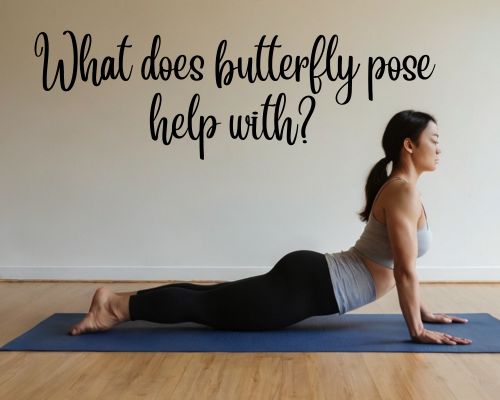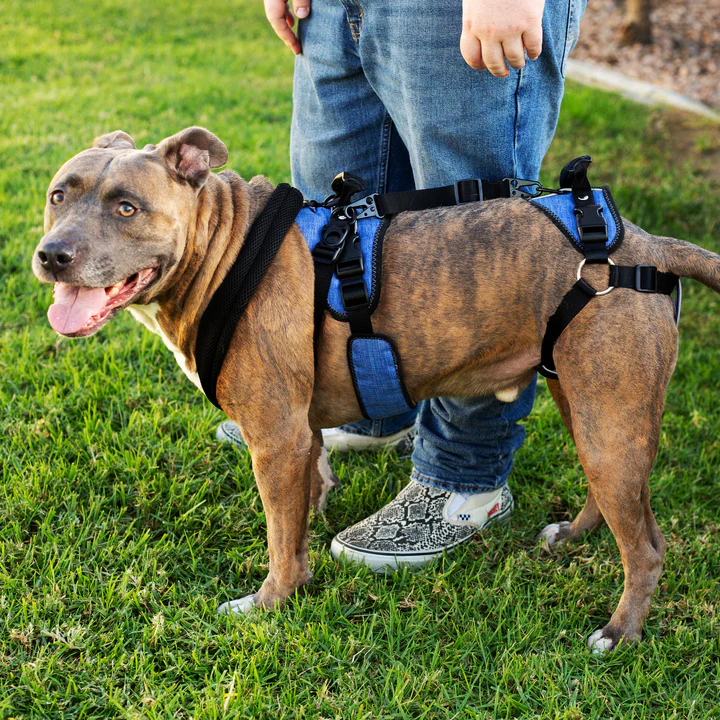Large Group Employee Benefits: Essential Coverage for All Your Workers

In today’s competitive business world, offering employee benefits is a critical component for attracting and retaining top talent. Large group employee benefits are designed to provide comprehensive coverage for all your workers while helping your company thrive in a highly competitive marketplace. Whether your business is a growing organization or an established enterprise, providing well-structured employee benefits packages can significantly improve employee satisfaction, loyalty, and productivity.
What Are Large Group Employee Benefits?
Large group employee benefits refer to the benefits that employers provide to their employees as part of a comprehensive health and wellness package. These plans are typically offered to businesses with a substantial workforce—usually 50 or more full-time employees. By providing a large group plan, businesses can offer their employees a variety of benefits at a lower cost compared to individual insurance policies.
Key Benefits of Large Group Employee Benefits
Cost Savings: One of the most significant advantages of large group employee benefits is the ability to provide high-quality insurance at lower rates. Since the risk is spread across a large group of employees, the cost per employee is reduced, which translates to more affordable premiums for both the employer and the employee.
Comprehensive Coverage: Large group benefits typically cover a broad range of services, from healthcare to retirement savings. This comprehensive coverage helps employees feel secure in their jobs, knowing that their health and financial futures are supported by their employer. This can boost morale, reduce turnover, and promote loyalty within the workforce.
Customizable Plans: Depending on the needs of your workforce, you can often customize large group employee benefits to suit different levels of coverage. For example, employees may have the option to choose different levels of health insurance coverage, add dependents, or opt for additional benefits such as dental, vision, and mental health services.
Attraction and Retention of Talent: Offering competitive benefits packages is essential for attracting top talent to your company. In today’s job market, employees are looking for more than just a paycheck; they want employers who are invested in their well-being. Offering robust large group benefits packages is an excellent way to stand out as an employer of choice.
Legal Compliance: In many regions, businesses are required to provide certain benefits under the law. Large group benefits plans can help ensure that your company stays compliant with healthcare regulations, such as the Affordable Care Act (ACA) in the United States, as well as other local and national legislation. Non-compliance can lead to fines or penalties, so it’s crucial to make sure your company meets all necessary requirements.

Types of Coverage Under Large Group Employee Benefits
There are various types of coverage that can be included in a large group employee benefits plan, each offering different levels of protection and support:
- Health Insurance: This is the most common benefit offered by large group plans. It can include medical, hospital, and emergency services, as well as prescription drug coverage. Employers may offer a range of plans with different levels of coverage to suit diverse employee needs.
- Dental and Vision Care: While health insurance typically covers medical expenses, dental and vision care are often added as separate benefits. Offering these additional coverages can help employees maintain their overall well-being and reduce out-of-pocket expenses.
- Life and Disability Insurance: Providing life insurance and disability coverage can help employees feel secure in the event of an unforeseen accident or death. This protection can cover the financial needs of an employee’s family or support workers who are temporarily unable to work due to illness or injury.
- Retirement Savings Plans: Many businesses offer 401(k) or other retirement savings plans to help employees save for their future. These plans often come with employer matching contributions, which further encourage employees to save for retirement.
How to Implement Large Group Employee Benefits
Implementing a large group employee benefits package requires careful planning and consultation. It is essential to assess your company’s needs, as well as the needs of your employees. A benefits consultant or insurance broker can help guide you through the process of selecting the right coverage options, negotiating with providers, and ensuring compliance with regulations.
The key to successful implementation is communication. Employers should clearly communicate the details of the benefits plan to employees, outlining the options available and how to make the most of the benefits offered. Regular updates and support can also help employees navigate changes to the benefits plan over time.
Conclusion
Large group employee benefits are a vital tool for fostering a loyal and satisfied workforce. By offering comprehensive coverage that meets the diverse needs of your employees, you create an environment that attracts top talent and promotes long-term success. For all your workers, these benefits ensure that they are supported not only in their careers but in their personal well-being as well. In the end, investing in employee benefits is an investment in your company’s future.









